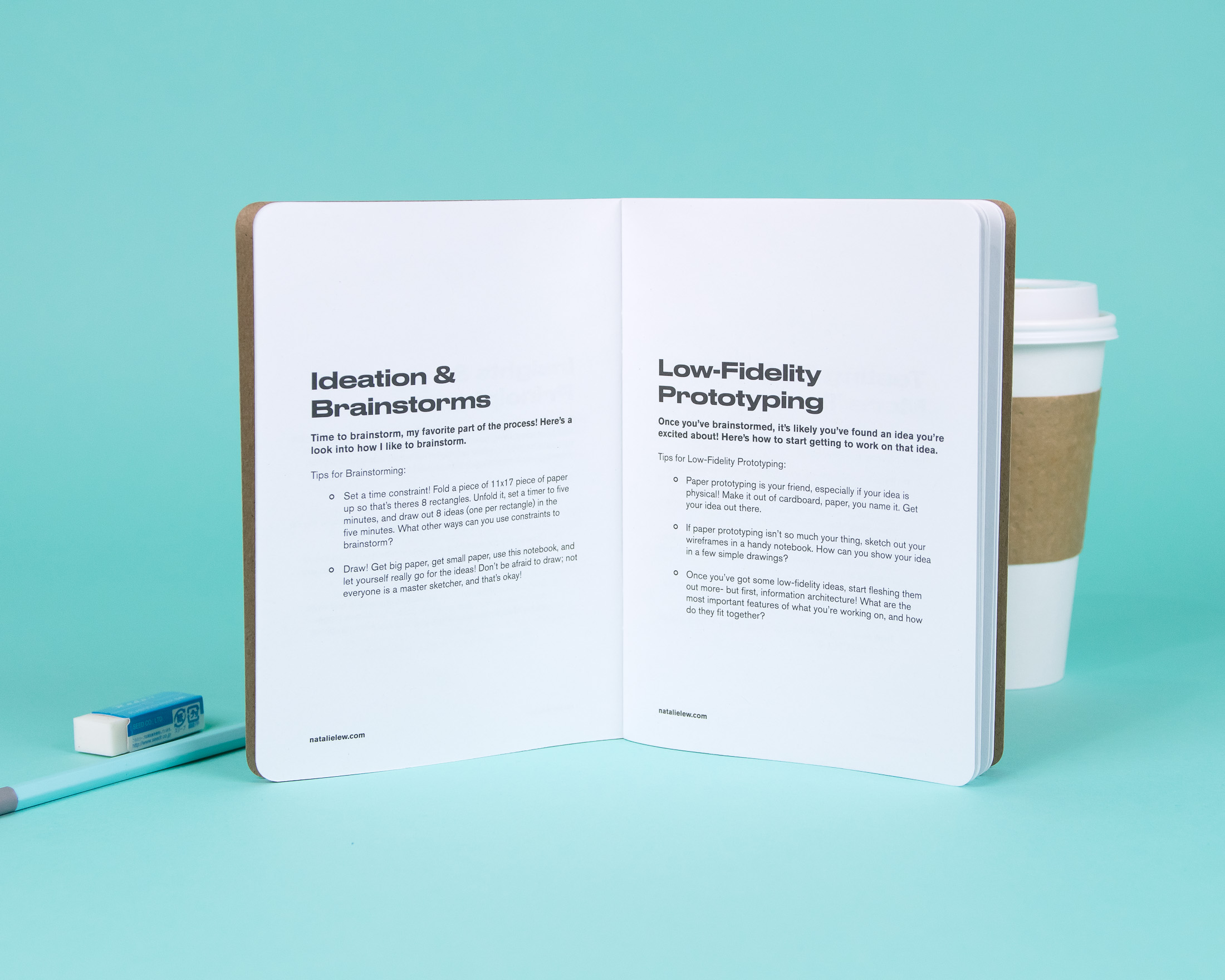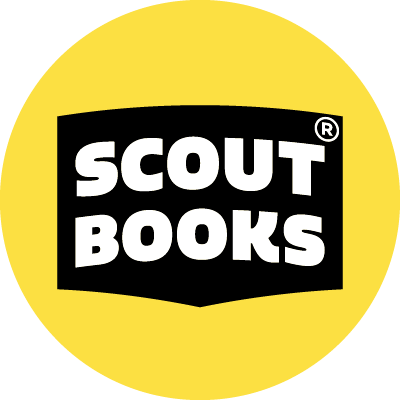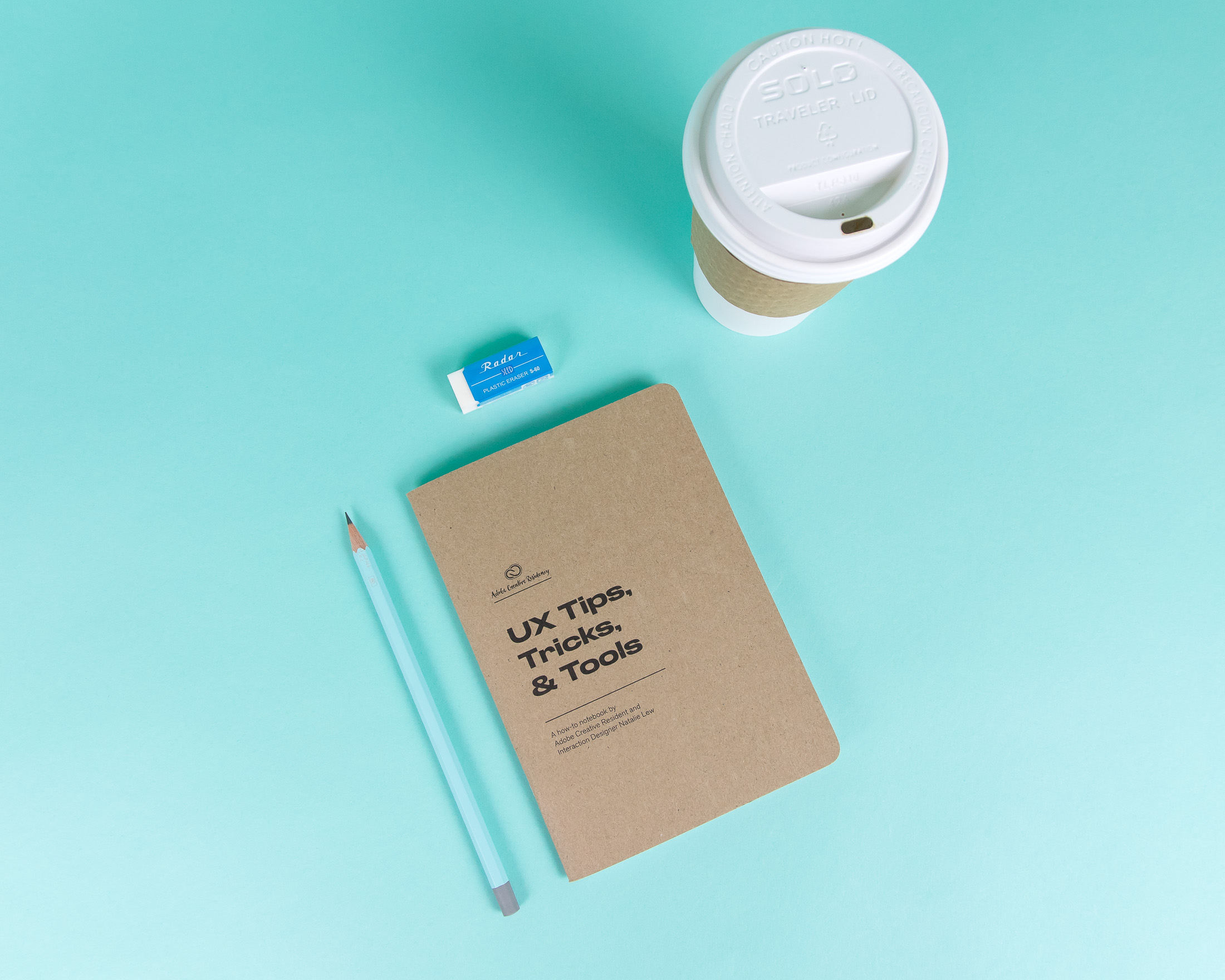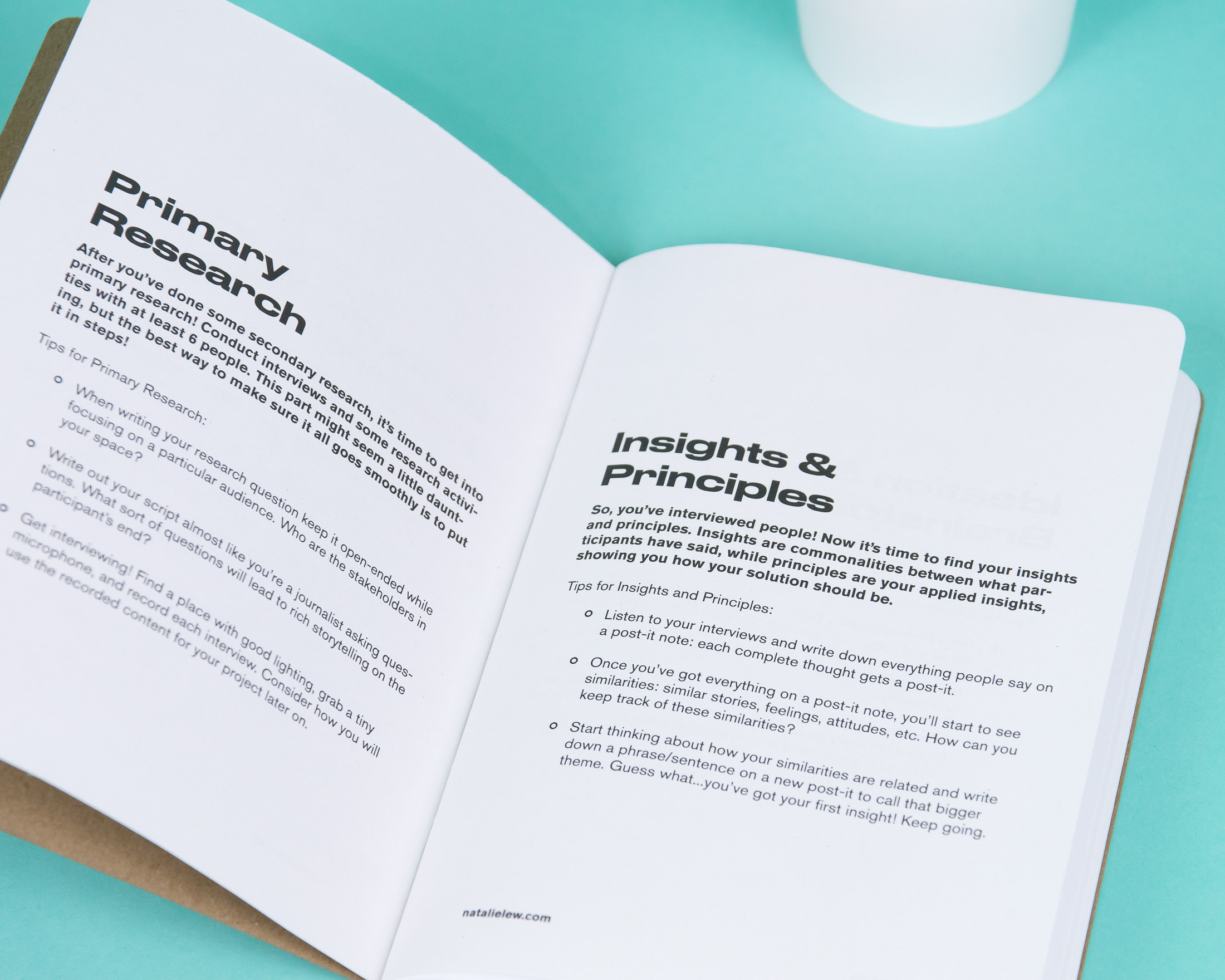Natalie Lew is a UX designer and one of Adobe’s 2017-2018 Creative Residents. Natalie recently created how-to notebooks with us that share some of the tips and tricks she’s accumulated through research in interaction design. We love the ultra-clear directives that her book offers, and how it shares tips along with plenty of room for your own design testing and prototyping. We talked to Natalie about creating this book, and her creative residency with Adobe.
How did you get started in UX?
I recently graduated from the University of Washington with a degree in Interaction Design. I can remember having a passion for graphic design in high school and assumed I’d go into college continuing on in visual communication studies; however, the more I got to know the design community and industry, the more I realized I was passionate about the problem solving and abstract concept modeling within design, which I think UX design really embodies.
How did the idea come about to do a book on UX tools, tips and tricks?
I’m constantly sketching, writing out ideas, scribbling wireframes, etc. in notebooks, so I thought a combination of a tips book on UX and sketchbook would be something I’d use, and maybe others would use, too. Every UX designer has their own process, and having my own down and in a book feels like an exciting opportunity to tangibly share what I know with the creative community.
 How will you be using the books?
How will you be using the books?
They’ll be shared at Adobe MAX during my lecture- however, I’m really excited to see how they’re received, as I’d be interested in continuing this project if it seems like something people would be interested in checking out and using.
When most people think about UX they are thinking about websites, apps, etc. Do you think UX best-practices apply to print products as well?
I think there’s this notion that everything in UX design must stay virtual, which I totally disagree with. While it might seem a little strange initially to have a physical notebook and book to carry around about UX design, I think the sketching and concept drawing phase of UX design is absolutely critical. I know that sketching, drawing, and writing questions and ideas out is a huge part of my process and allows me to flesh out ideas that are imperfect or incomplete, eventually helping craft a complete solution virtually. Problem solving occurs everywhere; on the computer, on paper, in sketchbooks.
Thanks Natalie! You can find more about Natalie and her Creative Residency project via her website.



